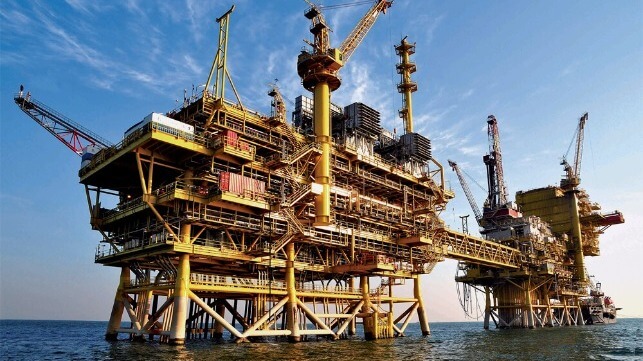Wind Energy to Power China’s Largest Offshore Oil Field

In a pilot project designed to support the decarbonization of the offshore oil and gas industry, ConocoPhillips China and Chinese Energy company CNOOC will develop wind turbines to power the Penglai Oilfield, China’s largest offshore oil and gas production base. Located in Bohai Bay, in Northeast China, the field has been in production for 20 years but plans include doubling the number of platforms and active wells over the next five years with as many as 100 new wells annually. The production license extends to 2037.
“This pilot project represents a first-of-its-kind integration of offshore wind power being harnessed solely for offshore oil and gas facilities in China,” said Bill Arnold, president of ConocoPhillips China. “We believe it will become a benchmark for future low carbon emission offshore oilfield developments.”
Twenty years after Penglai achieved its first oil, the oilfield is still in various phases of development. During a signing ceremony, the companies said that the newly launched windfarm project offers an optimal solution to meeting the Penglai Oilfield’s power demand, which is expected to increase year by year as development continues.
Featuring four wind turbines with a total installed capacity of 34 MW, the wind farm will tie back to the existing central processing platform via subsea cables, distributing energy to the field’s power grid system. At full capacity, the wind farm will have the potential to cover over 30 percent of the power needed for the Penglai Oilfield’s operations and achieve reductions in tens of thousands of tons of annual CO2.
In addition to offshore wind power, the two companies reported that they are closely evaluating opportunities in power from shore, as well as carbon capture and storage (CCS) and carbon capture, utilization, and storage (CCUS). If proven to be technically and economically viable, they said these low carbon energy solutions will help transform Penglai towards a net-zero offshore oilfield, in line with China’s energy, sustainable development, and carbon neutrality goals.
Similar projects are also being developed in Europe. In the spring work began on the Hywind Tampen floating wind farm in Norway, which will be the largest floating offshore wind farm. To be located nearly 90 miles off the coast of Norway, the wind farm will consist of 11 Siemens Gamesa wind turbines producing 88 MW, which Equinor reports will supply 35 percent of the annual electricity power demand for the five offshore oil and gas platforms. While it is a smaller capacity wind farm, it will be the first to supply offshore platforms and expand the expertise in floating technologies.
